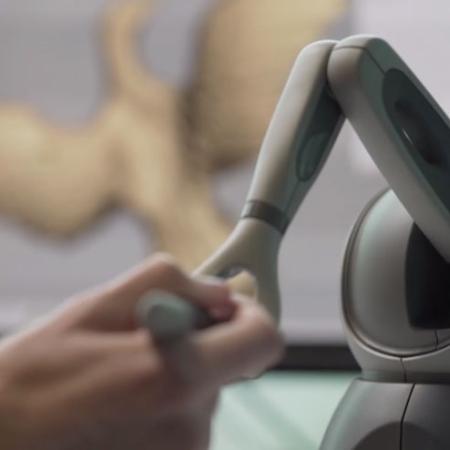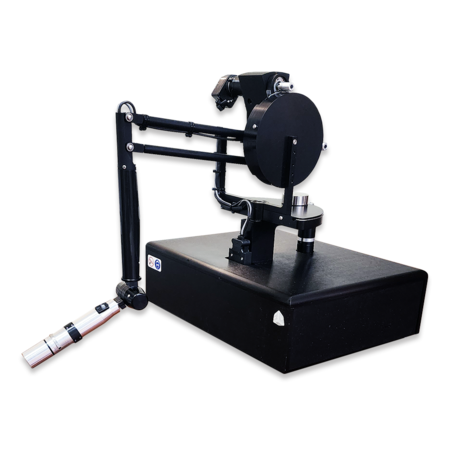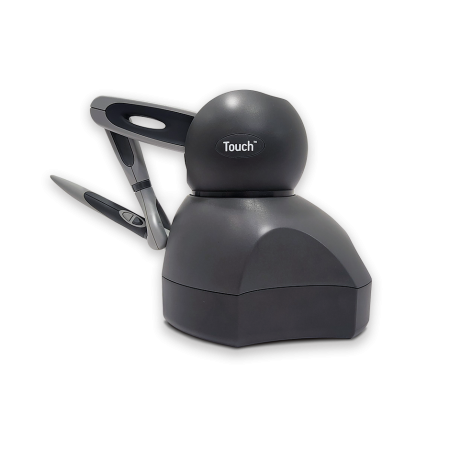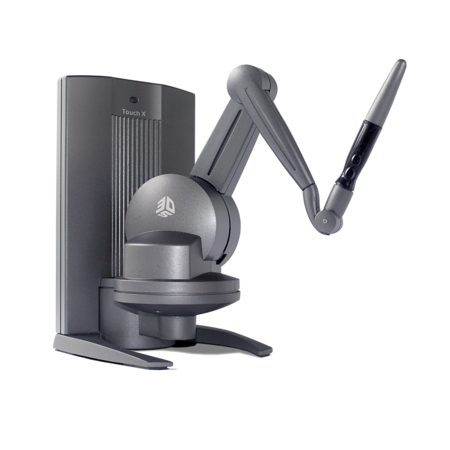Decorative finials (curtain rod ends) are just one of more than a dozen home products that the North Carolina-based Levolor® Kirsch Window Fashions produces. Levolor creates products for leading retailers such as Lowe's, Home Depot, JC Penney, Linens 'n' Things, Sears, Bed, Bath and Beyond, Target, and Wal-Mart.
To maintain its competitive position with major retailers and other market players—while maintaining its commitment to quality—Levolor constantly evaluates new technology and approaches to product design. Due to the complex forms of finials, Levolor's industrial design team turned to Geomagic FreeForm and rapid prototyping technologies to speed the design process for the production of a decorative leaf finial.
The Digital Production Process - A Leaf Finial
The Spec
Each new final project begins when one of Levolor's industrial designers is provided a specification. This contains the needs of the design including what look is intended (antique, classical, modern, etc.) and whether the project is a line update or a total redesign. Once a designer receives the spec, he or she conducts initial background research into current trends, design motifs, etc., then starts sketching.
Thumbnail Sketches
Presentation Sketches
From the thumbnail sketches, the designer chooses a few designs to be worked-up into more detailed presentation sketches. These will typically be at a 1:1 scale and contain two views: a side view and an isometric view. The designer can complete up to 60 or more presentation sketches.
The presentation sketches are shown to the client (for example Home Depot, JC Penney, etc.) for approval and any necessary iteration will be completed. Small selections of these designs are chosen to be worked-up into 3D models. In this case the designer created the final presentation sketch of the center design.
Digital Modeling Using FreeForm
If the shape of the finial is highly decorative in nature, FreeForm is used to create a 3D model. Through 3D Systems' PHANTOM® force-feedback haptics, designers, and modelers work with virtual media to create highly complex, free-form shapes in a fast, intuitive way. Controlling FreeForm's digital tools such as Carve and Smudge through touch enables Levolor designers to have a direct connection with the models, much like using physical methods such as clay or wax.
Prior to incorporating FreeForm into the design process, Levolor would carve the 3D model out of wood and/or model it using clay. These traditional, physical methods were often time-consuming processes that took at least a week. By switching to FreeForm the industrial design team saved an average of 7-10 days of pure modeling time.
Stan Chudzik, an industrial designer at Levolor, often uses FreeForm for projects like the leaf finial. "Using Geomagic FreeForm, we can quickly and easily make multiple changes on the final designs based on feedback from the client," says Stan. "We can scale the product to meet the guidelines both for manufacturing and for anyone involved in the approval process. All these benefits combined enable us to reduce time-to-market."
Rapid Prototyping the Designs
After the 3D final model is developed in FreeForm, the designer generates a rapid prototype using 3D printing technology. This provides a quick and inexpensive first look at the proposed model. The designer also uses the 3D printed prototype to identify any manufacturing problem areas. Stan Chudzik said, "Using a combination of FreeForm and rapid prototyping enables us to design and physically produce a high-quality model which as a result, greatly speeds the approval process."
The RP model - SLS (Selective Laser Sintering) or SLA (Stereolithography)
If the client approves the initial model, the print is then produced using SLS or SLA 3D printing technology. Often these models have different finishes applied for the customer presentation.
The SLA model is produced after the initial prototype is approved
Drawing
Obtaining quotes for final manufacturing, which usually takes place in Asia, requires a 2D drawing and a prototype model of the final design. Typically, the drawing contains orthographic views and an isometric view. The physical prototype model provides the bidding vendors with an exact representation of what the final product should look like. Once a bid is finalized, the model moves into production. The Levolor leaf finial is one of the final designs for the 2" Decorative Traverse Rod on sale at J.C. Penney's or through local interior decorators.



